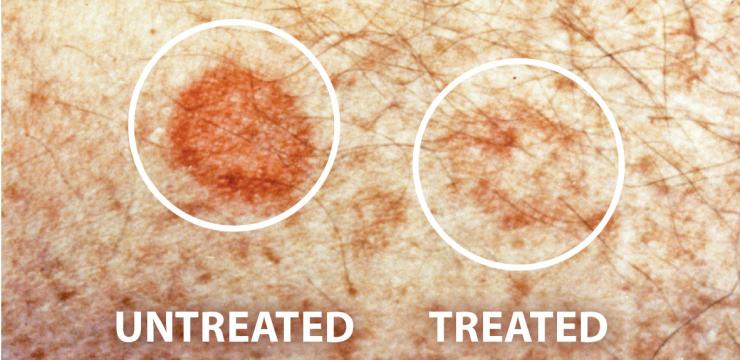
- Inflammations
- Excerpt
The universal inflammatory response expresses itself especially by drastically changing the vascular system. Inflammation widens the blood vessels and increases the permeability of the capillaries. The accelerated blood flow causes the symptoms of heat and redness, and the increased permeability leads to the swelling and the pain caused by fluid from the bloodstream flowing into the surrounding tissue. To produce these typically vascular reactions of the inflammatory process, the body uses substances that produce these reactions in the vascular system. They are called vasoactive mediators or go-betweens. One of the predominant and most well-known vasoactive mediators is a substance called histamine.
[…..]
Although histamine plays an important role in the cascade of events that lead to atherosclerosis, histamine is more commonly known as the dreaded mediator of allergic reactions and hypersensitivities. A special type of cell, called the mast cell, plays the key-role in these inflammatory events. The mast cell is a connective tissue cell that contains several inflammatory mediators in their inactive state. When mast cells are triggered, such as by free radicals or during an allergic reaction, they degranulate and release inflammatory mediators such as histamine, serotonin, and bradykinin. During degranulation, mast cells also release an enzyme called hyaluronidase. Its task in the mast cell is to activate histamine during the degranulation. Mast cells are present throughout the body, so at any given time and place they can instantly liberate their agents to initiate the inflammatory response.
[…..]
As early as 1948, Masquelier’s research had drawn the special attention of his tutor, Professor Tayeau, to the inflammation-inhibiting effect of OPCs. Tayeau pursued this discovery. In 1956, subsequent to an experiment involving OPCs that he had conducted together with G. Lefevre, Tayeau arrived at the following conclusion: “We have demonstrated that leukocyanidol [the name used for OPCs at the time], the extract of peanut skins or pine bark, has antagonistic qualities in relation to hyaluronidase. From this viewpoint, it appears to be one of the most active vitamin P substances. This observation not only explains the effects of leukocyanidol on vascular resistance but also its anti-anaphylactic [anti-allergic] qualities.”
[…..]
To show that OPCs neutralize these free radicals and reduce the inflammation, Masquelier prepared a cream with an OPCs content of 0.5 percent. After the dithranol evaporated, he covered one of the two spots with the OPCs cream. The other spot was left untreated. After 48 hours, a serious inflammation manifested itself on the untreated spot while the area covered with OPCs displayed a hardly visible response without edema.
[…..]
In other words, the test is based on the fact that free radicals can evoke an inflammatory response. There exists a great variety of histamine-releasing and histamine-producing substances, most of which come from outside the body. At the top of this list of substances rank the free radicals, which can immediately induce the release of histamine and evoke a strong inflammatory reaction, as shown in the dithranol test. By performing the dithranol test on his own arm, Masquelier showed how OPCs effectively counter both sides of the free radical sword. While the area treated with OPCs displayed hardly any response to the dithranol, the untreated region showed vehement irritation.
[…..]
Incidentally, the anti-inflammatory property of OPCs has been unknowingly used for centuries. As Masquelier once explained to me, French people customarily treat an insect bite by picking and crushing the leaves of the three nearest plants and rubbing the mass on the painful spot. This custom is based on the experience that it helps to considerably reduce the redness, pain, and swelling triggered by the insect bite. What could be the explanation of this phenomenon? As unimportant and harmless as it may be, an insect’s bite sets in motion the full spectrum of the inflammatory process, leading eventually to the degranulation of mast cells. Chances are relatively high that the leaves of three different plants contain enough OPCs to achieve a histamine-inhibiting effect.






